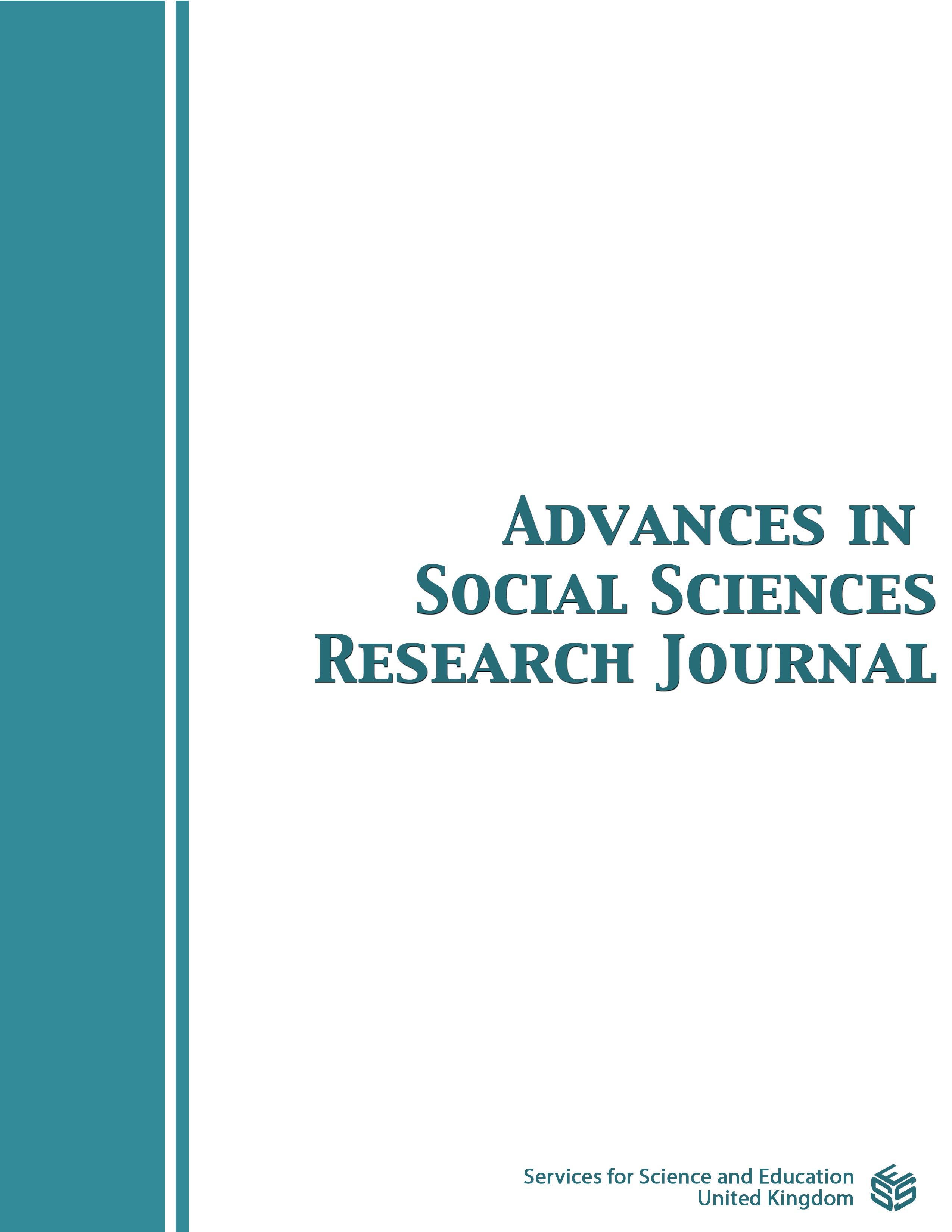The ‘Critical - Creative’ Divide in Academia: Are They Allies or Strange-Bed-Fellows?
DOI:
https://doi.org/10.14738/assrj.911.13517Keywords:
Academia, critical and creative thinking, cognitive dissonance, strange bed-fellows, successful intelligenceAbstract
The paper confronts the most controversial debate regarding the “Critical and Creative Thinking” divide, often termed as ‘strange bedfellows’ in academia. The divide is manifested in the way academics often bristle at the suggestion that exists between ‘critical and creative thinking perceptions. We argue that creativity without critical judgment would be fanciful, impractical and ridiculous, with the potential to run other people’s ideas ‘amok’, while critical thinkers would get short shrift if only they were reduced to just critiquing. Hence, it is necessary to have both on the team, those who can create novel ideas and others to critique others’ creations. While we acknowledge the distinction of the concepts, their roles are complementary and necessary to create a balance that must co-exist and shine in the scholarly arena. We conclude that the phrases often used in academia, such as; ‘devil’s advocates’, ‘opponents’ or ‘critical reviewers’ of doctoral candidates or in peer reviews has apparently been taken literally. We recommend that the superficial misconception of ‘greater’ or ‘superior’, is an unnecessary cognitive dissonance that must be resolved to promote co-existence for greater results.
Downloads
Published
How to Cite
Issue
Section
License
Copyright (c) 2022 Maria Kaguhangire-Barifaijo, Gerald K. Karyeija, Robert Agwot Komakech, Stella B. Kyohairwe, Dan E. Oryema

This work is licensed under a Creative Commons Attribution 4.0 International License.
Authors wishing to include figures, tables, or text passages that have already been published elsewhere are required to obtain permission from the copyright owner(s) for both the print and online format and to include evidence that such permission has been granted when submitting their papers. Any material received without such evidence will be assumed to originate from the authors.






